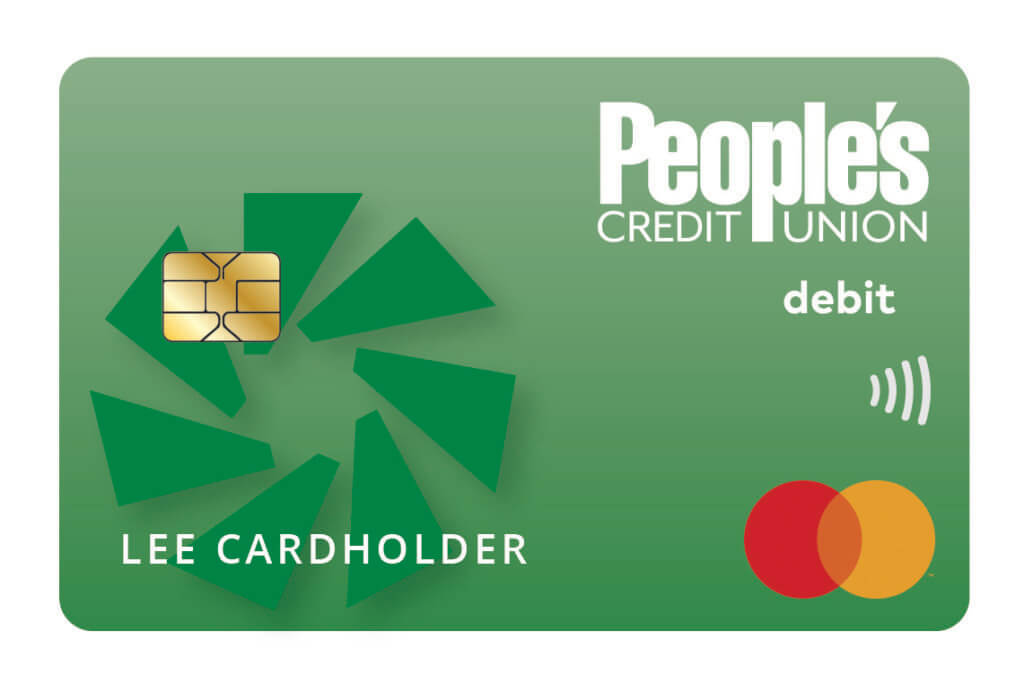Budgeting can lead to financial success and peace of mind, so why not get started now?
Wouldn’t it be nice to know that you’re on track to reaching your financial goals? Using a budget to guide your spending can help you keep your financial life organized and help you achieve your goals of making big purchases like a car or a down payment on a house. Budgeting doesn’t have to be complicated. You can get started with these five simple steps.
1. Determine Your Net Monthly Income
To begin your budget, you need to have an accurate picture of the amount of money you make. Most budgets are based on monthly income and expenses, so you’ll have to do some calculating. Your net income is your take-home pay – the amount of money left after taxes, insurance premiums, and any other payroll deductions. You’ll have to multiply the amount of your paycheck by the number of paychecks you get in a year and then divide by 12 to calculate your monthly income. If you have additional sources of income, like alimony or rental and investment income, break those down to a monthly amount and include that, too.
2. List Out Your Monthly Expenses
Start with your necessary expenses, like rent, car payments, and student loan payments. These expenses are easy to track because they are the same every month. If you don’t know the amounts of your regular monthly payments off the top of your head, you can find that information in your checkbook or on your checking account statement. You may need to calculate your monthly payment for annual or semi-annual expenses like car insurance. Don’t forget your phone and Wi-Fi bills.
Next, add your discretionary expenses, like coffee, takeout, and subscriptions. Discretionary expenses are your wants rather than your needs. These are things you spend money on that you could live without if you had to. Be honest with yourself when estimating your monthly expense for things like clothing, spa services, and vacations. Your budget is only as accurate as the information you include.
3. Choose a Budgeting Plan
There are many different ways to budget. Keeping your budgeting method simple will help you stick with it. For simplicity and ease, consider the 60-20-20 rule. Earmark 60% of your income for housing, transportation, groceries, healthcare, and other living expenses. This should include your necessary expenses, but not the discretionary ones. Put 20% of your paycheck in savings. Do this every time you get paid. Setting up an automatic deposit with your employer, if possible, directly into your savings account will make saving easier. The last 20% of your monthly income is available for your discretionary expenses.
Free or low-cost mobile budgeting apps can be useful. Contact your financial institution to see what app they recommend.
4. Find Ways to Save
Once you’ve tracked your expenses for a month or two, you’ll probably find places you can cut back. Concentrate on your discretionary expenses first. For example, you could make coffee at home instead of stopping to buy an expensive latté, limit takeout to once or twice a week, and cut back on subscriptions.
Next, look at your necessary expenses. These will be harder to reduce, but there are some options. You have to pay rent, for example, but maybe you could move into a cheaper apartment or find a roommate to share expenses with. Consider ways to pay off your car loan or credit card debt faster. Eliminating installment loans from your budget will free up cash for future investments.
5. Monitor and Adjust Your Budget as Needed
Budgeting is an ongoing process of monitoring your income and adjusting your expenses to achieve your long- and short-term financial goals. You’ll have to revisit your plan when your income or your necessary expenses change. When you pay off an installment loan like your car loan, for example, you could add the amount of that monthly payment to your savings. It’s like paying yourself instead of your lender.
Managing your finances is not as complicated as you may think. The key to saving money is understanding how you spend your money and setting limits for yourself. Tracking your spending with a budget is the best way to develop good money management skills and reach your financial goals. If you trip up along the way, don’t panic. You can always reach out to your trusted financial institution for budgeting tools and guidance.
